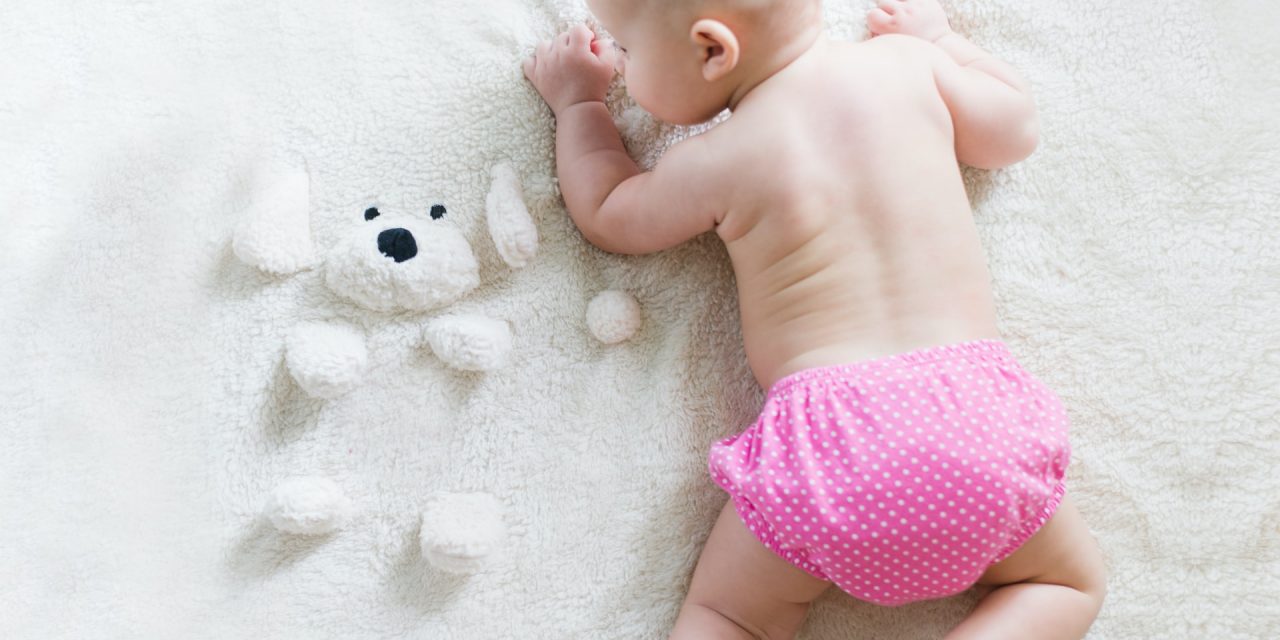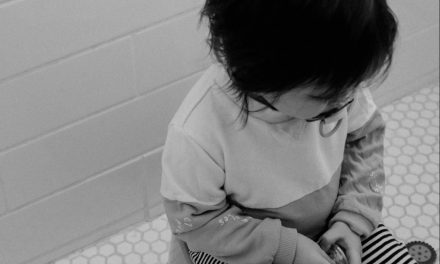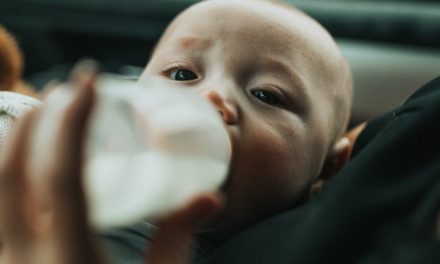Worried about your little one scratching their skin? It can be because they feel itchy and this can cause red patches and bumps on their body. This can also cause rashes on your baby’s delicate skin. Rashes on your baby’s skin can be because of several reasons; it can be because you’re using a new soap or the skin getting exposed to substances that can cause them an allergy. Read on as we take you through everything about skin rashes in babies, how to treat them and when you need to consult a doctor.
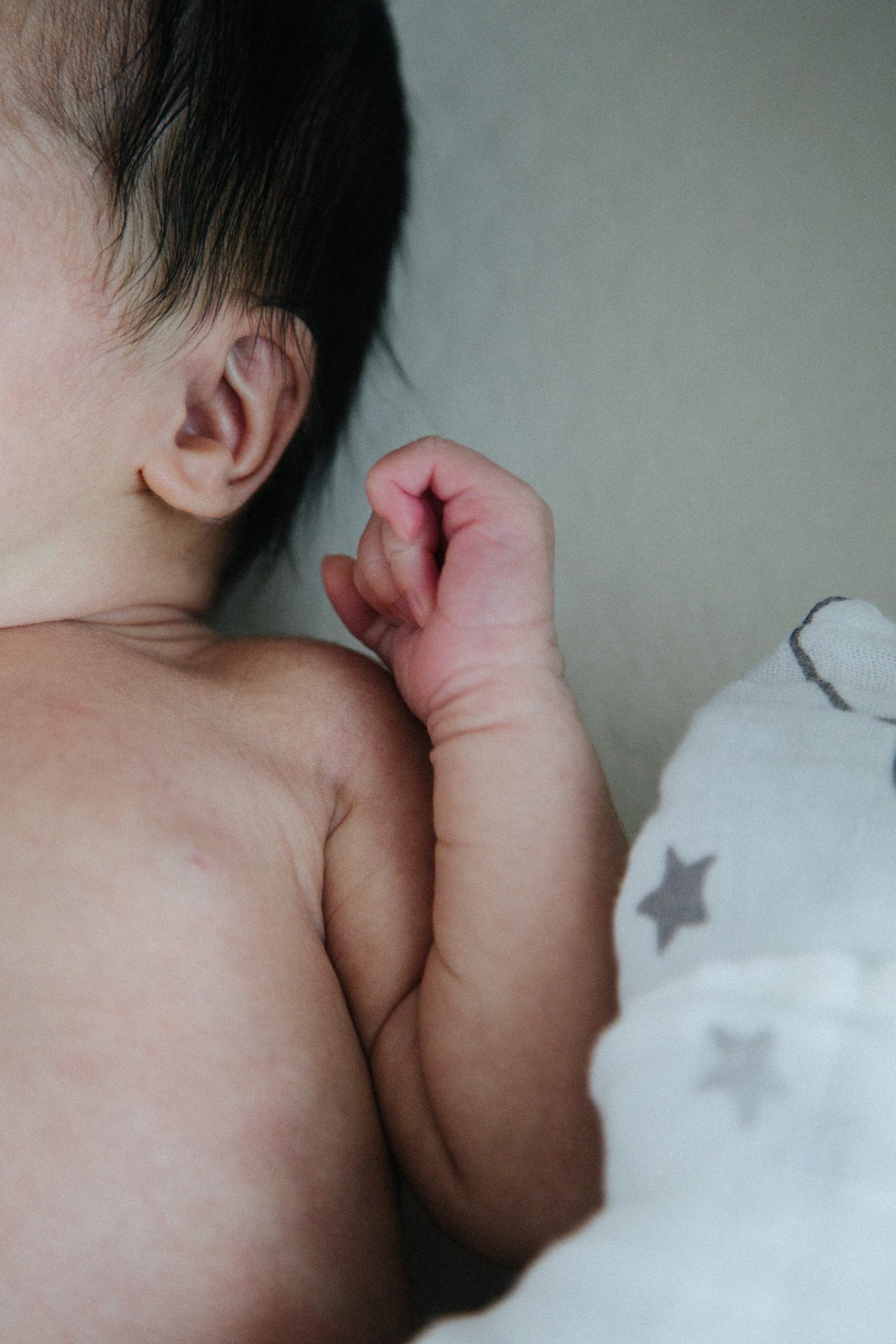
Some of the most common skin rashes in babies are diaper rash, eczema, drool rash, and hives.
What Can Cause Skin Rashes In Babies?
When your baby has a rash, it can make their skin reddish and cause them a lot of itchiness. In some cases, your baby can also get a fever along with rashes. At such times, it’s important that you consult your doctor immediately especially if the rashes are due to an allergic reaction.
Rashes on your baby’s skin can be caused because of the following:
- Allergy
- Heat
- Insect bites
- Fungi
- Bacterial or viral infections
- Friction
- Fabrics
What Are The Common Skin Rashes In Babies?
Babies have sensitive skin and therefore, are more susceptible to rashes compared to adults. Apart from bumpy reactions, itchiness, and redness of the skin, there are several other baby rashes that can be really alarming to parents, especially if they don’t understand the symptoms.
Here are some of the common skin rashes in babies, their symptoms, causes, and treatment:
Diaper Rash
Diaper rash, as the name suggests, happens to babies because of the friction created by diapers. Your baby’s genital area, buttocks, thighs, and abdomen can develop a red patchy rash or bumps, especially if they’ve slept in a wet diaper for a long time.
Causes of diaper rash:
- Baby left in a soiled diaper for a long time
- Bacterial infections because of using a new diaper or wipes
- Allergic reaction to a new detergent you’ve started using to wash your baby’s clothes
Treatment of diaper rash:
- Change your baby’s diaper frequently
- Use a clean cloth or wipes to clean your baby’s bottom
- Consult a doctor if your baby gets rashes accompanied by fever
Eczema
Eczema or atopic dermatitis is a chronic condition in which your baby can experience dry and itchy patches on the skin along with red patches. If a baby with eczema tends to scratch their skin, it can cause their skin to bleed. Eczema can cause irritation to your baby and cause their skin to flare up.
Causes of eczema:
- Sensitive skin inherited from parents
- Exposure to things like uncomfortable fabrics
- Allergic reactions to certain substances in soaps, detergents, and foods
Treatment of eczema:
- Use soft clothing to dress up your baby
- Consult your doctor if your baby’s skin gets swollen
Hives
Hives are nothing but red bumps that develop on the baby’s skin. Your baby can feel itchiness and swelling when they get hives. In the worst cases, it can cause your baby stomachache, vomiting, and nausea.
Causes of hives:
- Viral infections
- Bee stings or bug bites
- Bacterial infections
- Allergic reactions to soaps, plants, etc
Treatment of hives:
- Put a cold compress on your baby’s itchy areas
- Consult a doctor immediately if your baby experiences an anaphylactic reaction
Food Allergy
When your baby experiences hives along with vomiting and diarrhea, you should understand that they have got food allergies. Some of the common allergens for babies include eggs, milk, and peanuts.
Causes of food allergy:
- Allergy to a certain kind of food
- Your baby’s immune system causes an allergic reaction to some food
Treatment of food allergy:
- Try one food at a time for your baby
- Consult a doctor if your baby has trouble breathing or experiences swelling of the lips or tongue
Drool Rash
Drool rash also known as lip licker’s contact dermatitis is a type of eczema. When your baby experiences a rash around the mouth as a result of irritation caused by their saliva, it is drool rash.
Causes of drool rash:
- Excessive drooling
- Teething
Treatment of drool rash:
- Wipe your baby’s face when they drool a lot
- Consult a doctor if your baby’s drool is severe
Cradle Cap
Cradle cap is also known as seborrheic dermatitis and is a rash caused by yeast. You will notice that your baby’s scalp, neck, armpits, and bottom have scaly patches. Cradle caps usually show up in babies during the first few weeks of their life.
Causes of cradle cap:
- Dead skin cells on your baby’s body
- Excessive oil (sebum) produced on your baby’s skin
- Yeast
Treatment of cradle cap:
- Wash your baby’s hair
- Use a soft scalp brush to brush out the scales
- Consult a pediatrician and ask them to recommend a medicated shampoo
Ringworm
When your baby’s scalp has scaly patches that look oval or round in shape, that’s an indication of ringworm. Many parents often confuse ringworm as cradle cap. Do keep in mind that your baby is likely to have ringworm if they experience scaly patches on their scalp and are around 12 months old.
Causes of ringworm:
- Fungus can cause ringworm
- Infection due to combs or brushes that are used by others who have ringworm
Treatment of ringworm:
- Consult your baby’s pediatrician and ask them to prescribe a cream
Roseola
Roseola is a rash that can be identified with its pink color which develops on your baby’s arms, neck, and trunk. One of the most common causes of roseola is a viral infection. An important thing to note is that roseola takes almost 10 days to identify the symptoms and usually occurs in children below the age of 2 years.
Causes of roseola:
- Viral infections
Treatment of roseola:
- Consult your doctor if your baby has a fever of 102°F or higher
Impetigo
Impetigo is when your baby experiences itchy bumps and blisters as a result of bacterial infection. You will notice that your baby has red rashes on their nose, mouth, and ears. Make sure that your baby doesn’t come in contact with other children or people as they are likely to spread the infection because of close contact.
Causes of impetigo:
- Bacteria
- Insect bite
Treatment of impetigo:
- Consult your baby’s doctor as they will prescribe some antibiotics
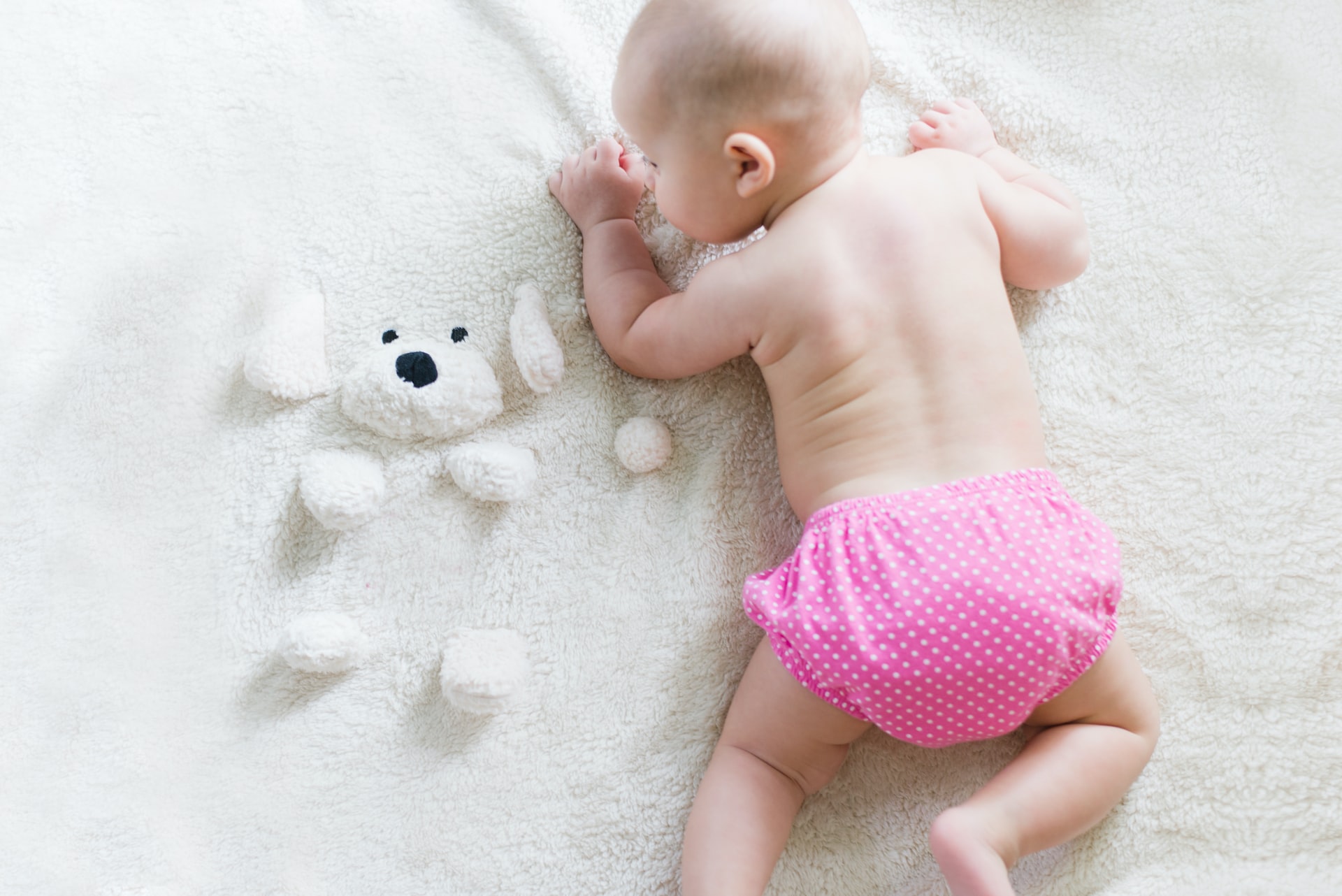
Many skin rashes in babies are common, however, it’s best to consult your pediatrician to get the right treatment for them.
Conclusion
It’s natural for you as parents to get worried when you notice rashes on your baby’s skin. That’s why it’s best if you get in touch with your child’s pediatrician to find out the cause and treatment for your baby’s rashes. If you need help with booking an appointment with a pediatrician while being in the comfort of your home, you can use the ImmunifyMe app. Along with that, the app will also help you keep vaccination records of your child.
FAQs On Skin Rashes In Babies
How Do You Treat A Rash On Your Baby?
You can use baby powder or cream to soothe the rash on your baby’s skin. If you notice your baby’s skin getting swollen or itchy, you can consult your pediatrician and ask them to recommend some antibiotics, medical soap, or antifungal cream.
When Should You Worry About A Rash On Your Baby?
If your baby has fever, cold and cough, or any other symptoms along with rashes, then you need to immediately consult a doctor. Also, pay careful attention to your baby’s skin and look out for any kind of swelling of the skin or neck glands, that too requires immediate medical attention.
What Is A Good Home Remedy For Baby Rash?
Some of the best home remedies for baby rash are coconut oil and olive oil as they help soothe your baby’s skin. Apart from that, make sure that you change your baby’s diapers frequently to avoid any rashes on their skin.
Is Coconut Oil Good For Baby Rashes?
Diaper rashes are known to cause redness and inflammation on your baby’s skin. You can use coconut oil to soothe your baby’s skin and prevent any kind of irritation or itching caused by diaper rashes.

